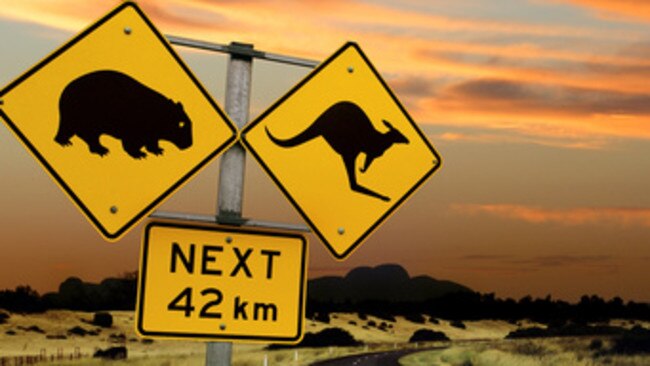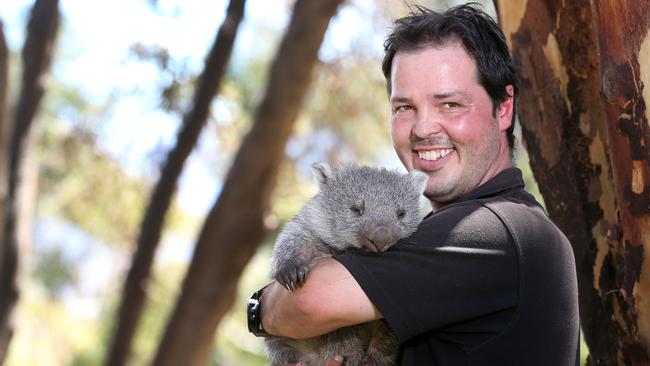Roadkill risk grows on Tasmanian roads as winter approaches, says car insurer AAMI
ANALYSIS of Tasmanian crash statistics involving wildlife have highlighted the state’s top roadkill hotspots — and the marsupials most at risk.
Tasmania
Don't miss out on the headlines from Tasmania. Followed categories will be added to My News.
WILDLIFE rescuers and a major car insurer are urging Tasmanian motorists to be vigilant as the shorter days mean drivers are sharing the road with more animals during their most active times.
AAMI says more than 80 per cent of wildlife collisions on Tasmanian roads are likely to involve wallabies or kangaroos, with Hobart, Kingston, Campbell Town and Deloraine the peak danger zones.
The insurer — which analysed 9000 accident insurance claims across Australia over the past 12 months to reveal the state’s top animal collision hot spots — says Tasmanian motorists should also keep their eyes out for wombats, possums, deer, dogs, sheep and cows.
The insurer said animal collisions spiked between June and August, when the days were shorter and wildlife was on the move as motorists headed to and from work.

AAMI spokeswoman Ashleigh Paterson said now was the time for drivers to be extra vigilant.
“As the days shorten, motorists are sharing the road with animals for longer periods of time
as they are most active during dawn or dusk,” Ms Paterson said.
“Wildlife is unpredictable, so we encourage drivers to always expect the unexpected on the
road, particularly in signposted wildlife areas.
“Simple things like being aware of your surroundings, driving to the speed limits, and being
extra vigilant at dawn and dusk can help keep you and our wildlife safe.”
Bonorong Wildlife Rescue director Greg Irons encouraged motorists involved in an animal
collision to take a few simple measures.
“If it’s safe to stop, check the welfare of the animal, remembering the animal may be
carrying a baby in its pouch,” Mr Irons said.
“If the animal or its joey are still alive, get in touch with Bonorong any time of the day or
night on 0447 ANI MAL. We will give you simple steps about what to do next. If the animal
has unfortunately passed away, remove it off the road to ensure it doesn’t endanger other
motorists or animals.”
There are seven tawny frogmouths at Bonorong who are currently healing after being hit by a vehicle.



